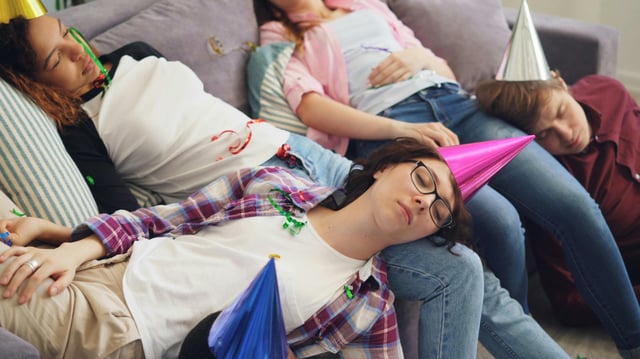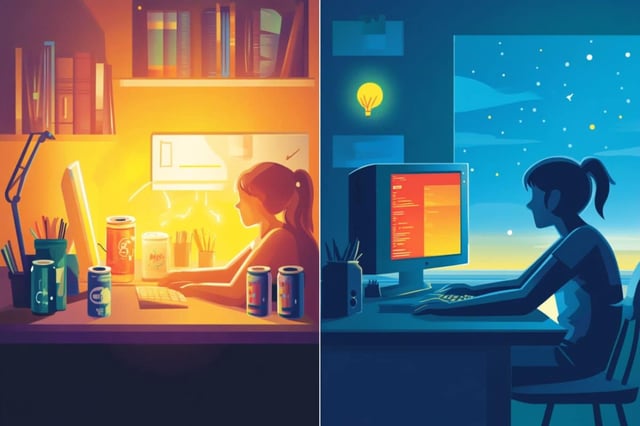Overview
- Self-reported evening preference among 210 adolescents was linked to higher levels of negative urgency and lack of perseverance.
- Researchers observed no association between objective circadian measures—such as dim light melatonin onset and actigraphy sleep metrics—and impulsivity.
- Lead author Riya Mirchandaney suggests unmeasured psychological or behavioral factors may underlie both self-assessed circadian preference and impulsivity.
- Funded by the National Institute on Drug Abuse and the National Institute on Alcohol Abuse and Alcoholism, the study sampled youth with a mean age of 17 years, 60.5% of whom were female.
- Results have been released in an online supplement of Sleep and will be presented on June 9 at the SLEEP2025 annual meeting in Seattle.

